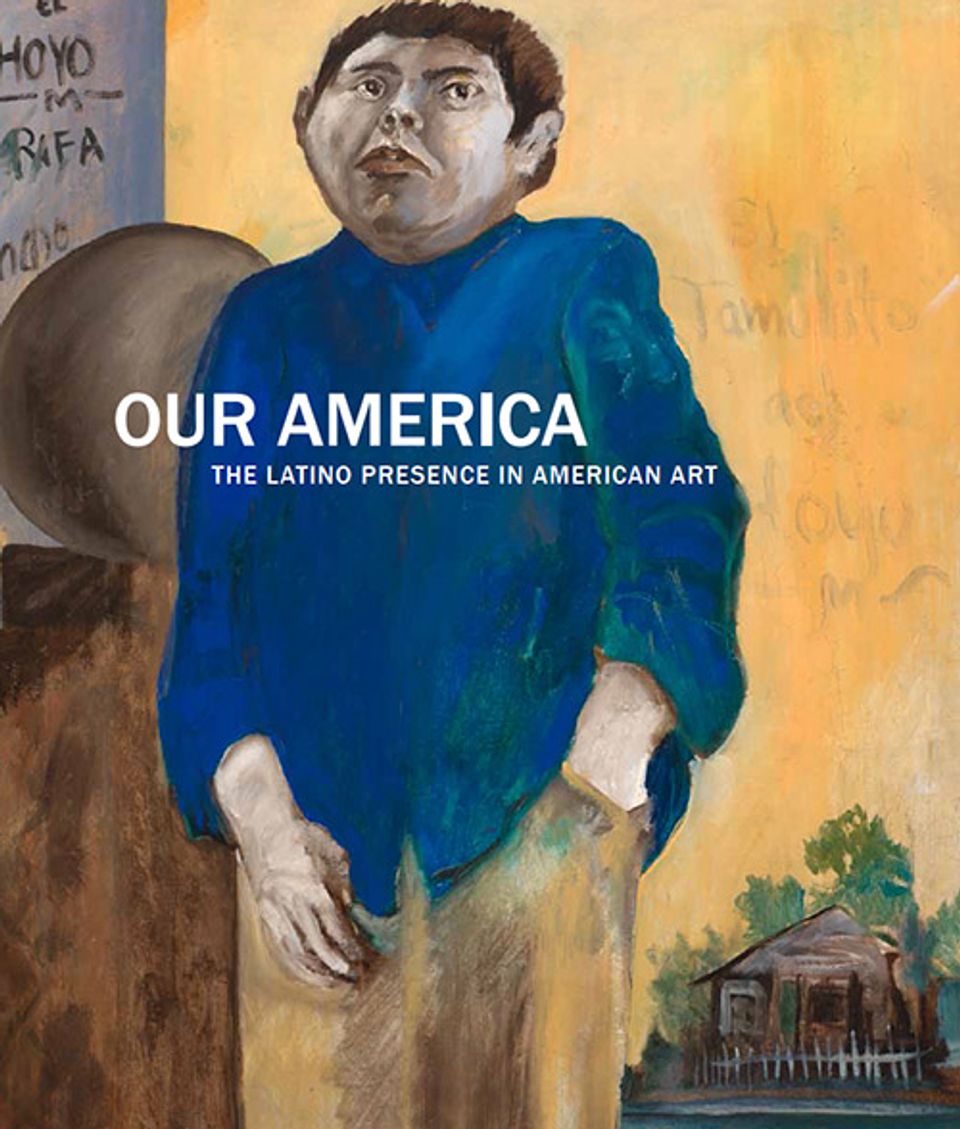Artwork Details
- Title
- Man on Fire
- Artist
- Date
- 1969
- Location
- Dimensions
- 106 1⁄4 x 80 1⁄4 x 29 1⁄2 in. (269.9 x 203.8 x 74.9 cm)
- Copyright
- © 1969, Luis Jiménez
- Credit Line
- Gift of Philip Morris Incorporated
- Mediums
- Mediums Description
- fiberglass in acrylic urethane resin on painted wood fiberboard base
- Classifications
- Subjects
- Figure male — nude
- Figure male — full length
- Allegory — element — fire
- Object Number
- 1979.124
Artwork Description
Rendered in glossy fiberglass, the burning man stands defiantly upright, one arm aloft, even as he is wrapped in flames. Jiménez made the sculpture at a time of growing dissent against the Vietnam War among many Chicanos. Man on Fire draws on the famous photographs of Thích Qu?ng Ð?c, a Buddhist monk who set himself aflame in protest of the US-backed South Vietnamese government. For Jiménez, the monk's act resonated with his own antiwar stance. Man on Fire thus references martyrdom and resistance spanning multiple continents, cultures, and centuries.
La obra Man of Fire, de Jiménez reinterpreta un ícono indígena en términos contemporáneos. Utilizando un estilo del arte pop con superficies industriales semejantes a los autos deportivos, el artista hace referencia a Cuauhtémoc, el emperador azteca torturado con fuego por los conquistadores españoles, y a Thich Quang Duc, el monje budista que se prendió fuego en protesta contra la guerra de Vietnam. Para Jiménez, la acción del monje tuvo eco en el sentimiento antibélico creciente de muchas comunidades latinas. La figura de tez oscura hecha por Jiménez ―que era también su autorretrato― reafirma la identidad indígena de los chicanos y las raíces de esta comunidad en el suroeste de los Estados Unidos antes de 1848.
Nuestra América: la presencia latina en el arte estadounidense, 2013















